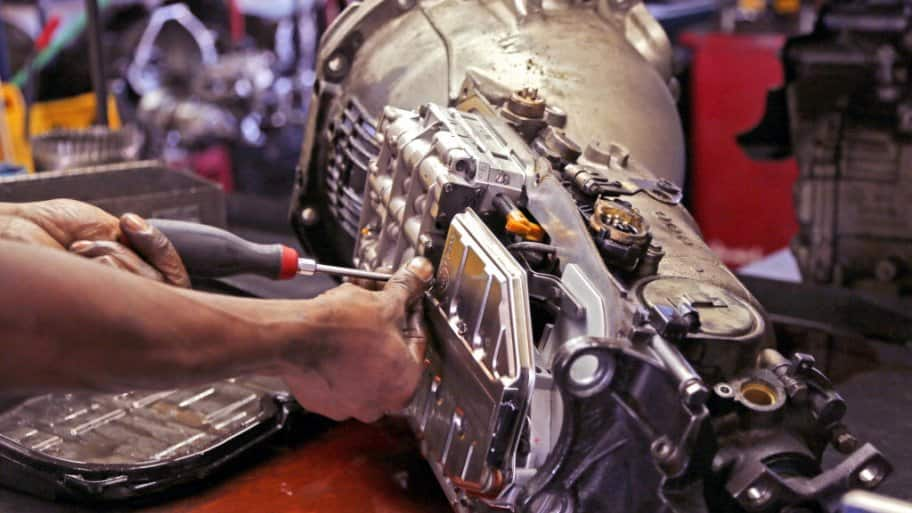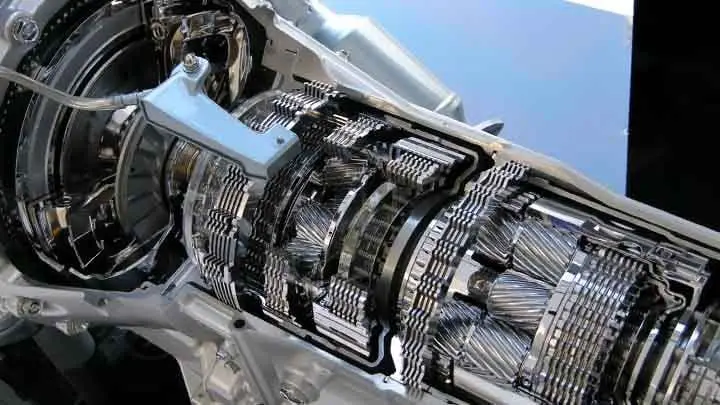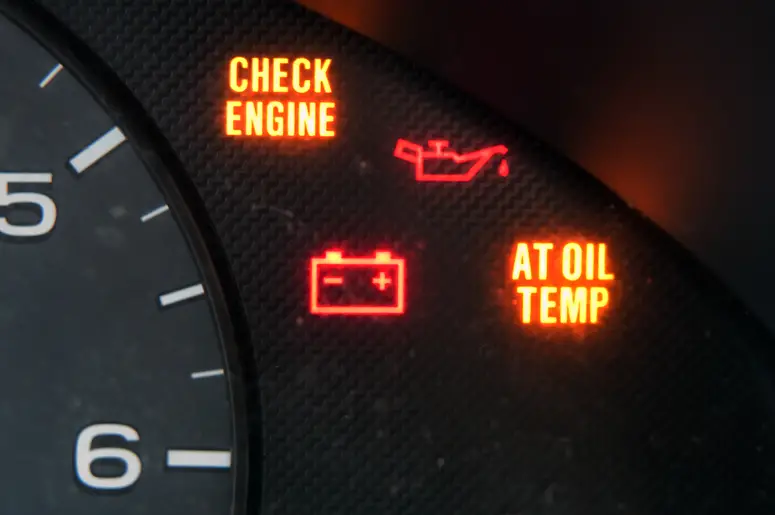Table of Contents

Almost every road-ready vehicle has some automatic transmission problems. That includes automatic vehicles as well as manual vehicles. The only difference is that automatic vehicles shift gears automatically, while manual vehicles require hands-on gear shifting.
In this article, we’ll be talking about signs to look for if you suspect automatic transmission problems.
Bonus: Are you interested in owning a transmission code reader? Don’t miss this post Best Transmission Code Readers Review on 2021
Rough or Delayed Shifting
When it comes to vehicles with automatic transmissions, the transmission’s gears are shifted automatically. You can usually feel the gears shifting when it happens. Well, if the gear shift is rough or delayed, you might have some transmission problems under the hood. If you’re experiencing rough or delayed shifting, you should have your transmission looked at.
Your transmission making loud noises when shifting is an example of rough shifting. A gear taking longer than usual to shift is an example of delayed shifting. If you experience either on a regular basis, you probably have transmission problems. Fixing this problem could be as simple as changing the transmission fluid. However, more extreme cases require you to rebuild or replace your transmission.

——
Gears Slipping
If your gears are shifting at the wrong times, they’re probably slipping. Vehicles that have trouble staying the right gear definitely have transmission problems. The transmissions will likely need to be rebuilt or replaced.

You can avoid problems like this by changing your transmission fluid regularly. Additionally, make sure you’re using the correct amount of transmission fluid. Low transmission fluid levels can cause your transmission to overheat, which often leads to other transmission problems.
Overheating
Sometimes, transmission problems can cause your engine to overheat. If your transmission fluid is low, your engine will sometimes overheat. Low transmission fluid is sometimes due to an overdue refill, but it’s often the result of a leak. If your transmission is leaking, it’ll regularly overheat, causing engine problems.
To fix overheating issues, you should first determine whether or not there’s a leak. If there isn’t a leak, low transmission fluid likely isn’t the reason for overheating. If there’s a leak, it should be taken care of first. Once there are no leaks, you should refill or change your transmission fluid. If your transmission fluid was the cause of the overheating, these steps should fix the problem.
Dirty or Burnt-Looking Transmission Fluid
If your transmission fluid is looking dirty or burnt, it’s probably long overdue for a change. Letting your transmission fluid reach this state isn’t good for your transmission. It can lead to overheating and the degradation of transmission quality.
Try to keep the transmission fluid changed regularly, as unchanged fluid can lead to overheating. Dirty, outdated transmission fluid can cause or eventually lead to a lot of the transmission problems on this list.

——
Leaking Transmission Fluid
If your transmission fluid is leaking, your transmission is bound to overheat at some point. Once the transmission fluid levels are too low, the transmission can get too hot, damaging itself. If your transmission is leaking fluid, it’s important to patch that leak as soon as possible.
Once the leak is patched, remember to fill or change your transmission fluid. This should stop your transmission from overheating. If the leak has been properly patched, your transmission fluid level should be more consistent.
Check Engine Light

——
Your vehicle’s “Check Engine” light is there to let you know when there’s something wrong with your engine. This light applies to your transmission, but it also applies to your vehicle’s other systems. A “Check Engine” light isn’t necessarily a sign of transmission trouble. However, if your check engine light is accompanied by any of these signs, it’s probably because of your transmission.
You can determine the meaning of your check engine light with an OBD Scanner. It’ll read the codes that activated the check engine light to determine the engine’s exact problem. If the problem is your transmission, the right OBD Scanner will tell you.
Whining and Rumbling
It’s hard to explain the sounds that often accompany transmission issues because they’re always different. If you hear rumbling or whining during a gear shift, you’re likely hearing your gears slip. These noises can vary, but you know them when you hear them accompanying a gear shift. If your gears are slipping, your transmission will likely need to be rebuilt or replaced.
Read more: What Transmission Do I Have?
